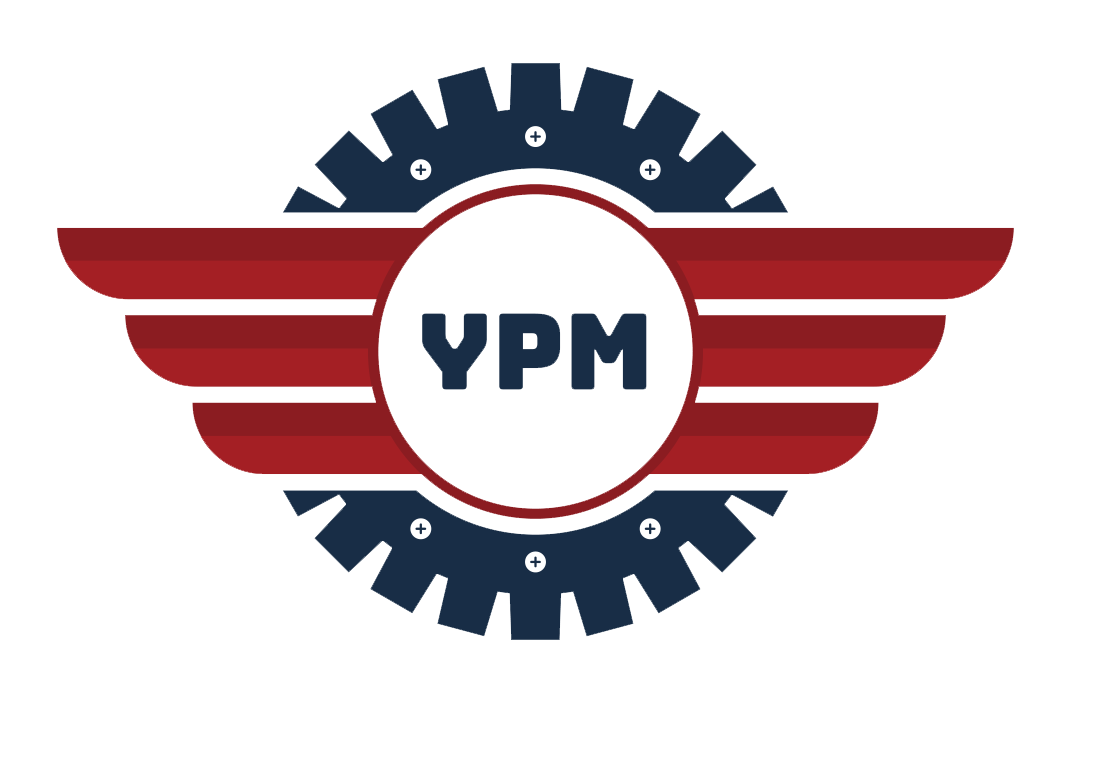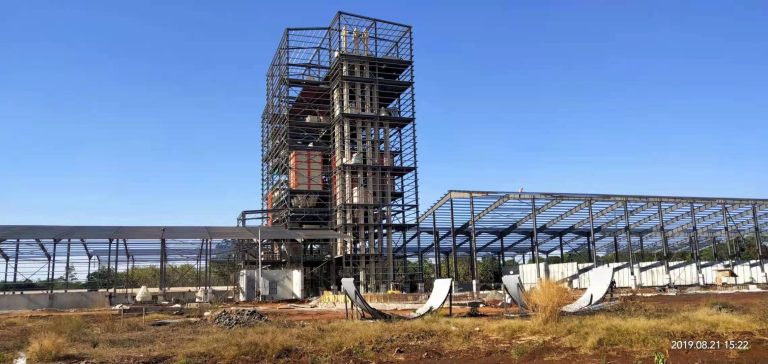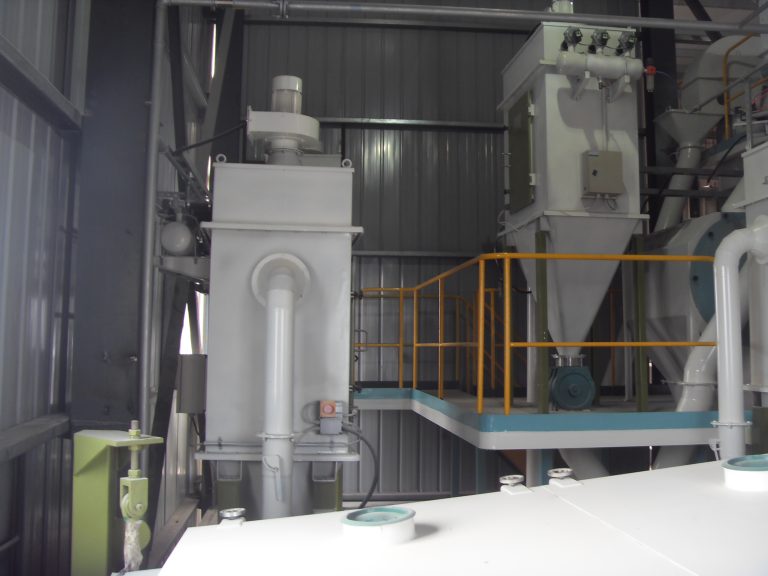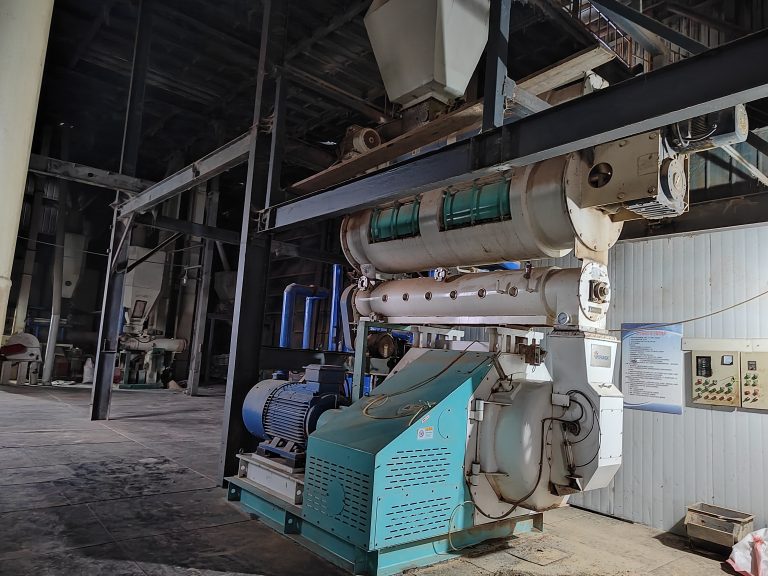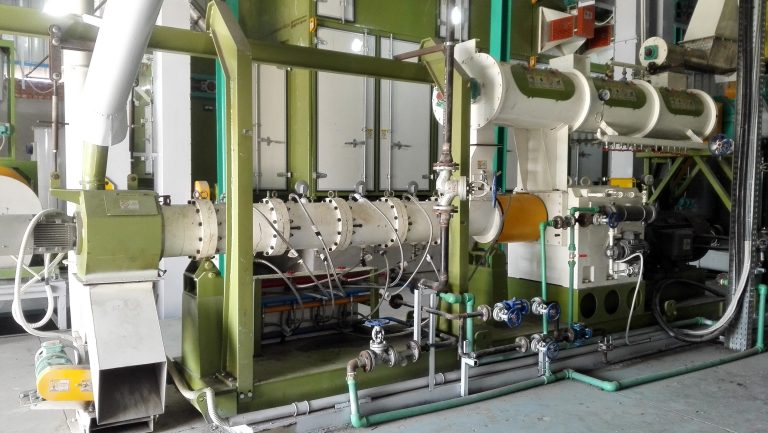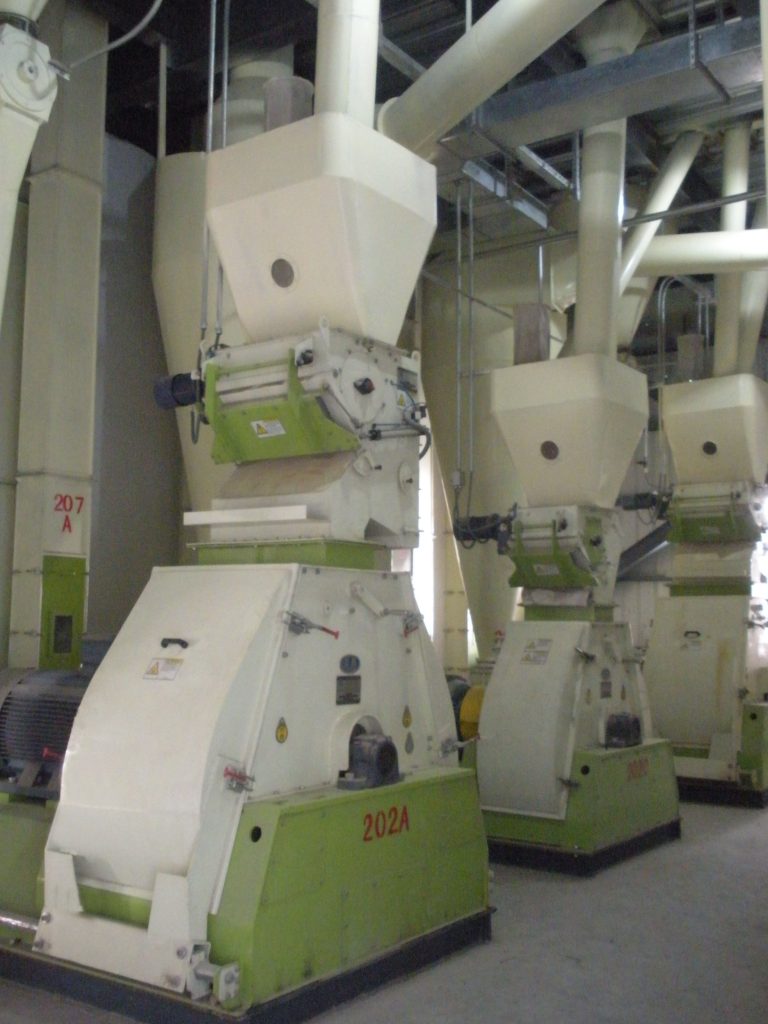تحسين سعة خط إنتاج مطحنة الأعلاف: من 1t/h إلى 100t/h
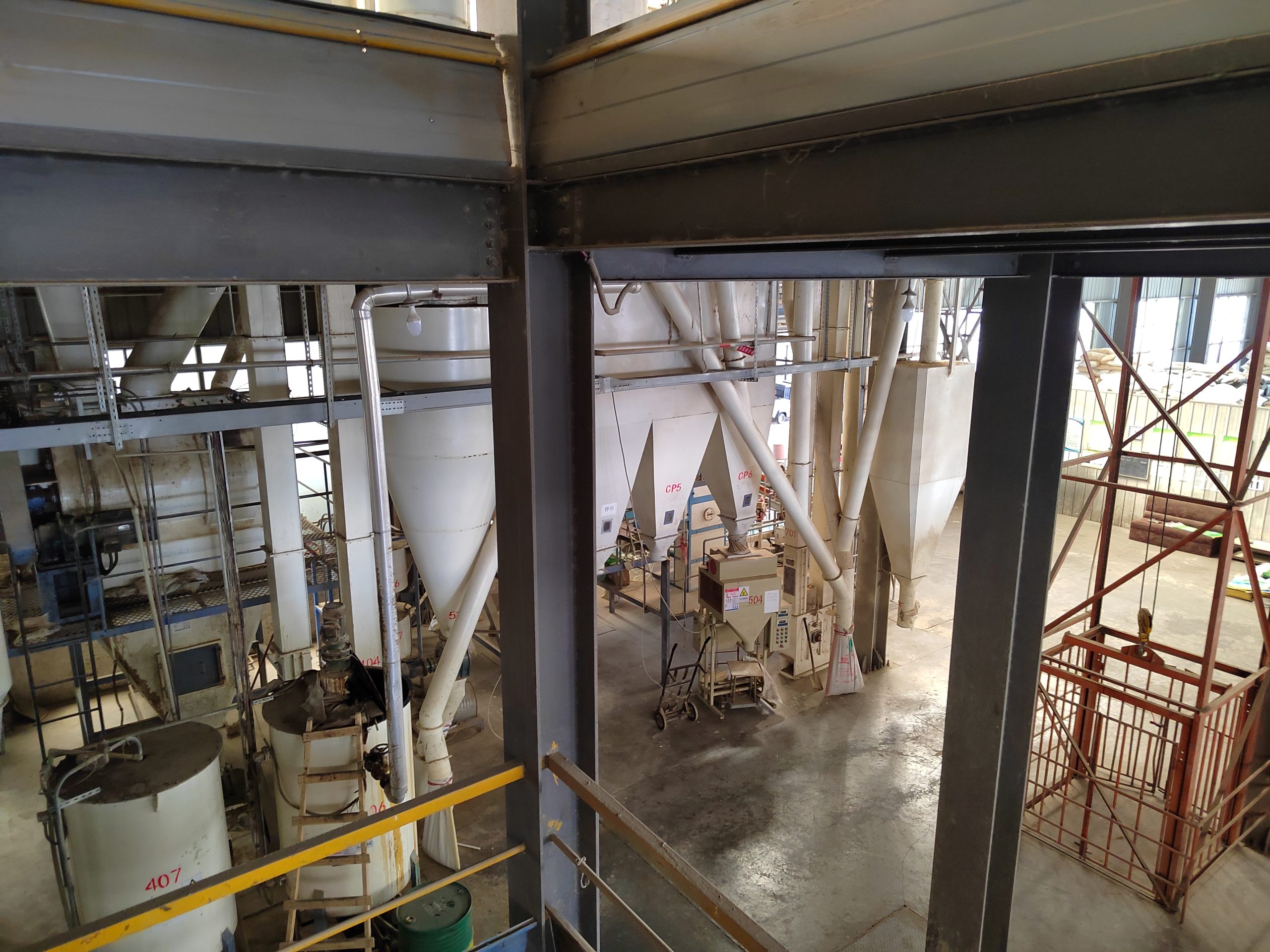
Optimizing Feed Mill Production Line Capacity: From 1t/h to 100t/h
Feed mill production is a critical aspect of the agricultural industry. It plays a vital role in ensuring that livestock and poultry receive the necessary nutrients for growth and development. As the demand for animal feed continues to rise, feed mill owners and operators are constantly seeking ways to optimize their production line capacity. In this article, we will explore the various factors that contribute to feed mill production line capacity and how it can be increased from 1t/h to 100t/h.
One of the key factors that determine the capacity of a feed mill production line is the size and layout of the facility. A well-designed feed mill with ample space allows for the installation of larger machinery and equipment, which in turn increases production capacity. Additionally, an efficient layout ensures smooth material flow and minimizes bottlenecks, thereby maximizing overall productivity.
Another crucial factor is the selection of appropriate machinery and equipment. Modern feed mills are equipped with advanced technology that enables higher production rates. For instance, the use of automated systems for ingredient weighing, mixing, and pelletizing significantly reduces manual labor and increases output. Furthermore, investing in high-quality machinery ensures reliability and minimizes downtime, further enhancing production capacity.
The availability and quality of raw materials also play a significant role in feed mill production line capacity. It is essential to have a consistent supply of raw materials, such as grains, protein sources, and additives, to meet the demands of the production line. Additionally, the quality of these raw materials directly affects the nutritional value of the feed and the efficiency of the production process. Therefore, establishing reliable supplier relationships and implementing strict quality control measures are essential for optimizing production capacity.
Efficient energy utilization is another critical aspect of increasing feed mill production line capacity. Energy-intensive processes, such as grinding, mixing, and pelletizing, can consume a significant amount of electricity. Implementing energy-saving measures, such as using high-efficiency motors, optimizing equipment settings, and utilizing waste heat recovery systems, can help reduce energy consumption and increase overall production capacity.
Furthermore, effective maintenance and regular equipment inspections are vital for ensuring optimal production line capacity. Regular maintenance helps identify and address potential issues before they escalate into major problems that can cause production delays. Additionally, implementing a preventive maintenance program minimizes unplanned downtime and extends the lifespan of machinery, further enhancing production capacity.
Lastly, investing in skilled and knowledgeable personnel is crucial for optimizing feed mill production line capacity. Well-trained operators and technicians can efficiently operate and maintain the machinery, troubleshoot issues, and implement process improvements. Continuous training and development programs ensure that the workforce remains up-to-date with the latest industry trends and technologies, enabling them to maximize production capacity.
Optimizing feed mill production line capacity from 1t/h to 100t/h requires a holistic approach that considers various factors. These include the size and layout of the facility, the selection of appropriate machinery and equipment, the availability and quality of raw materials, efficient energy utilization, effective maintenance practices, and a skilled workforce. By addressing these factors, feed mill owners and operators can increase their production capacity, meet the growing demand for animal feed, and contribute to the sustainable growth of the agricultural industry.
